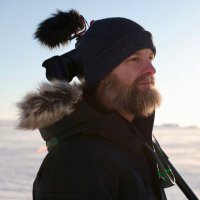
Miguel Booth
@mboothp
Filmmaker and adventurer with a passion for mountains, polar regions and wildlife. Born at 330 ppm CO2🔥
ID: 353164755
http://www.go-dreamcatcher.com 11-08-2011 17:04:35
2,2K Tweet
624 Followers
710 Following
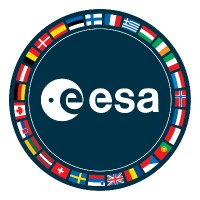

Swim on Lewis Pugh!





Soaring temperatures and dry land have fuelled widespread wildfires in Southern Europe, with Spain and Portugal among the regions hardest hit: esa.int/Applications/O… As reported by Copernicus ECMWF, in the past 6 days emissions for Spain have reached the highest annual total
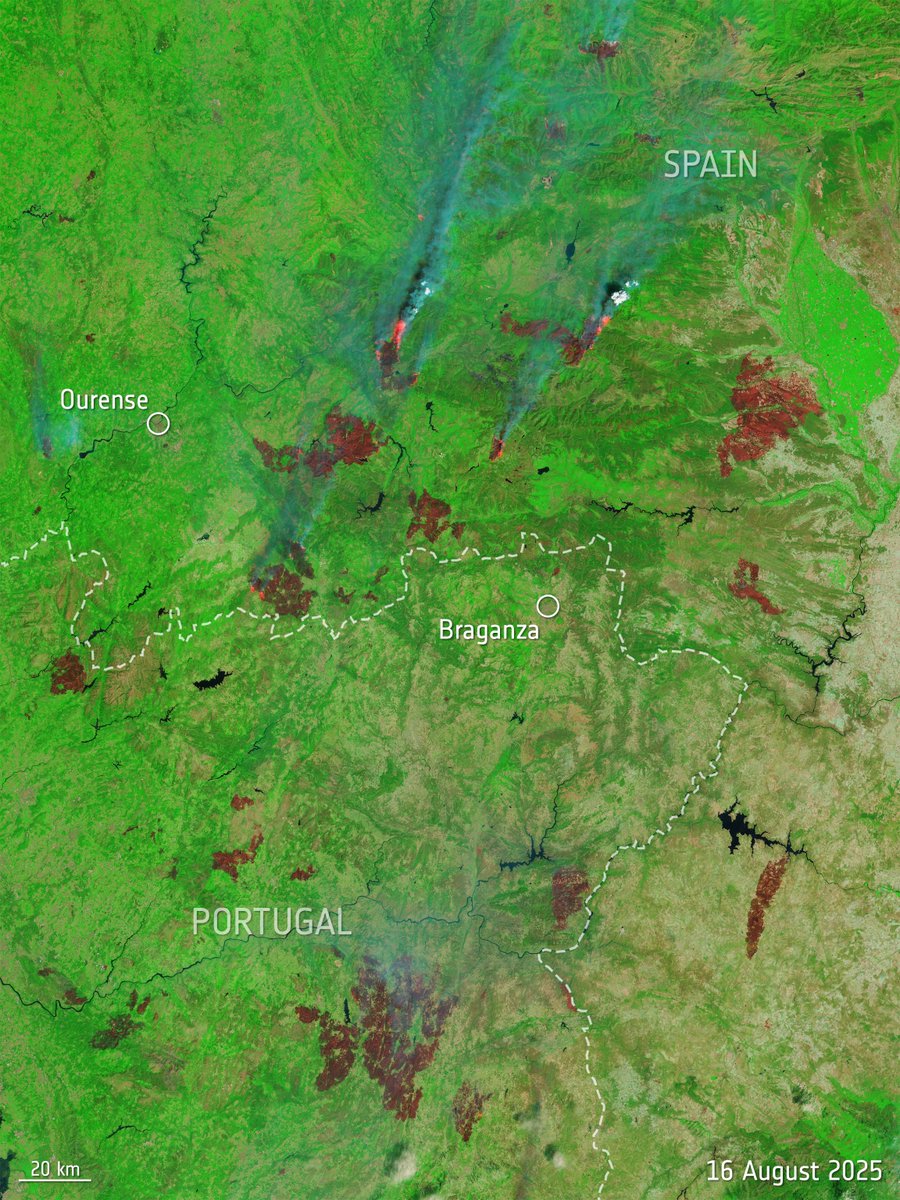





Hidden beneath Antarctica’s ice, scientists have identified 85 new subglacial lakes using ESA's CryoSat mission data. Subglacial lakes influence glacier mobility and stability, which can affect sea-level rise, and monitoring them and their cycles adds valuable data for climate models.


A volcanic island with pink beaches and dragons🐉 This Copernicus EU Sentinel-2 image shows Komodo Island 🇮🇩, home to the world’s largest living lizard, the Komodo dragon. Part of Komodo National Park, a UNESCO World Heritage Site, the island sits within the Coral Triangle,



This Copernicus EU Sentinel-2 image shows part of Northeast Greenland National Park, the world’s largest national park. Dove Bay (right) is partly ice-free with seasonal breakup fractures, caused by wind and currents. In the top right corner is Danmarkshavn weather station, one


A lava lake from space 🌋 This Copernicus EU Sentinel-2 image shows Kīlauea’s main crater filled with a lava lake about 2.5 km long, after an eruptive episode during September 2025 when lava fountains reached about 100m high. Smoke plumes are visible rising from the crater.


Satellites have captured the largest ocean swells ever measured from space, averaging nearly 20 metres high🌊 In a new study, scientists used data from ESA Climate Office’s Sea State project and the SWOT mission to improve wave models and better understand how these long waves travel
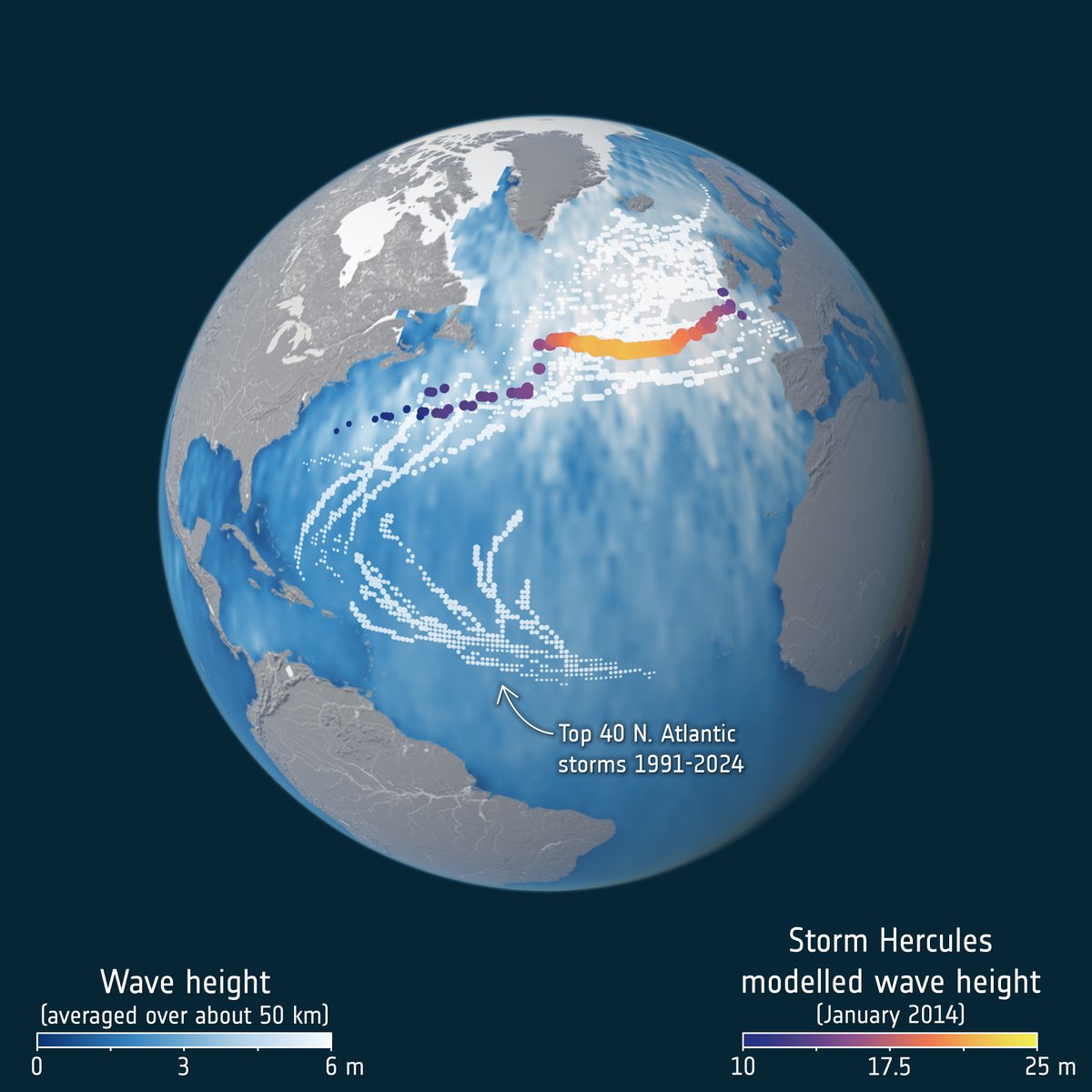

Let's take a look back at when Cyclone Errol was heading towards the coast of Western Australia on 16 April. In this Copernicus EU Sentinel-3 image, the typical pinhole eye – a small, well-defined eye often associated with powerful and rapidly intensifying tropical cyclones –
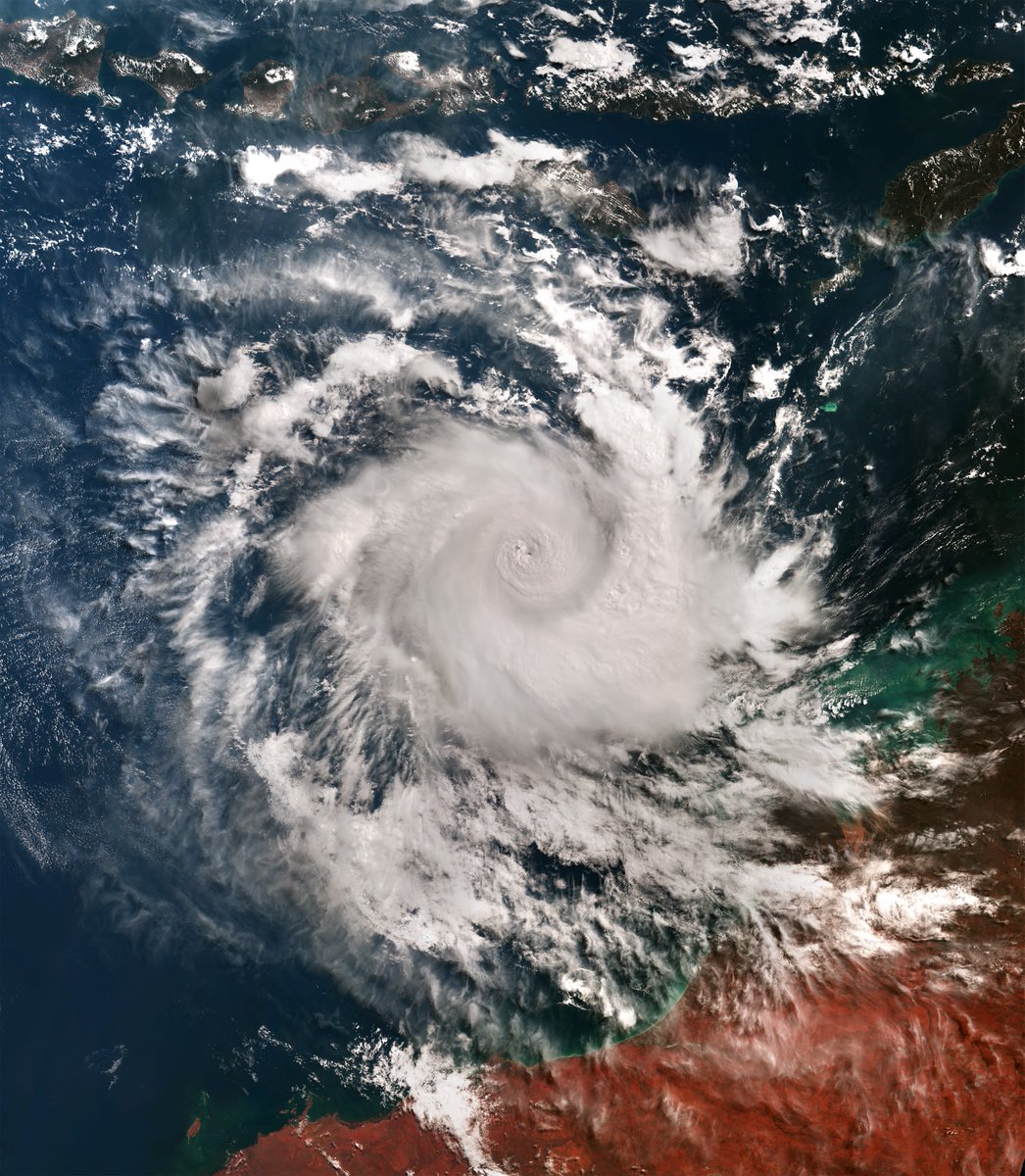

The South Atlantic Anomaly, a weak region in Earth’s magnetic field, is expanding. Using data from ESA's Swarm mission, an Earth Explorer mission within European Space Agency’s FutureEO programme, scientists have found that the region has grown by an area almost half the size of Europe since 2014. Read
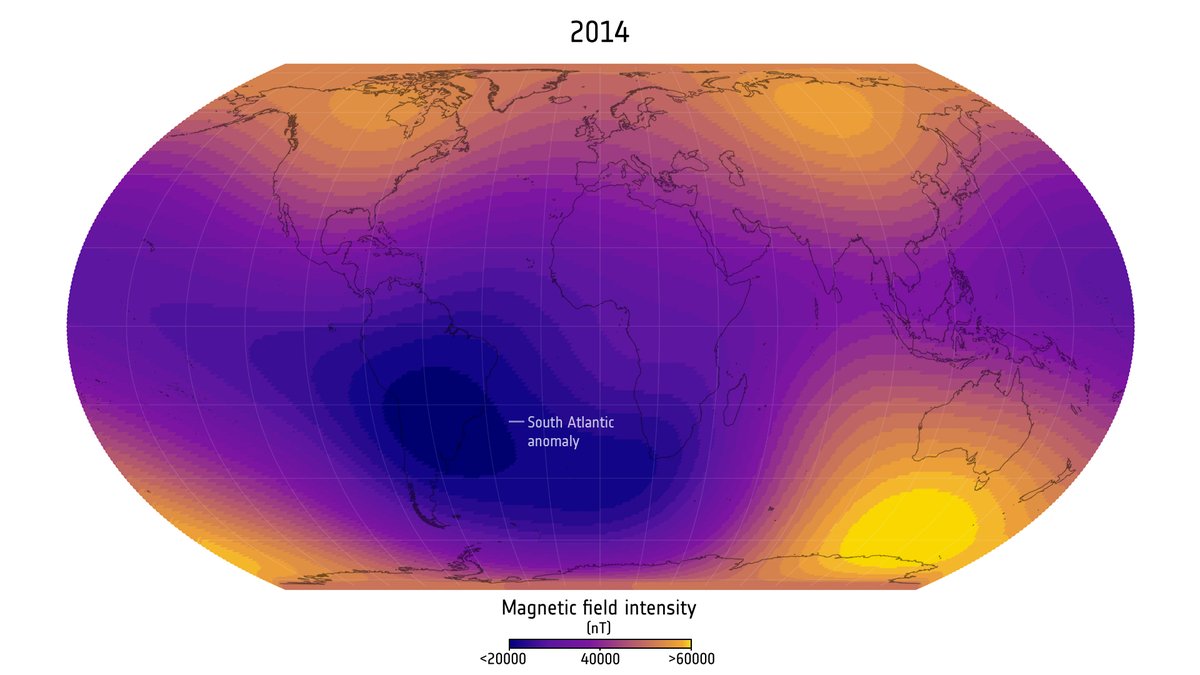

Half of the Emperor penguin colonies have been discovered by satellite imagery 👀🛰️ ESA Earth Observation



